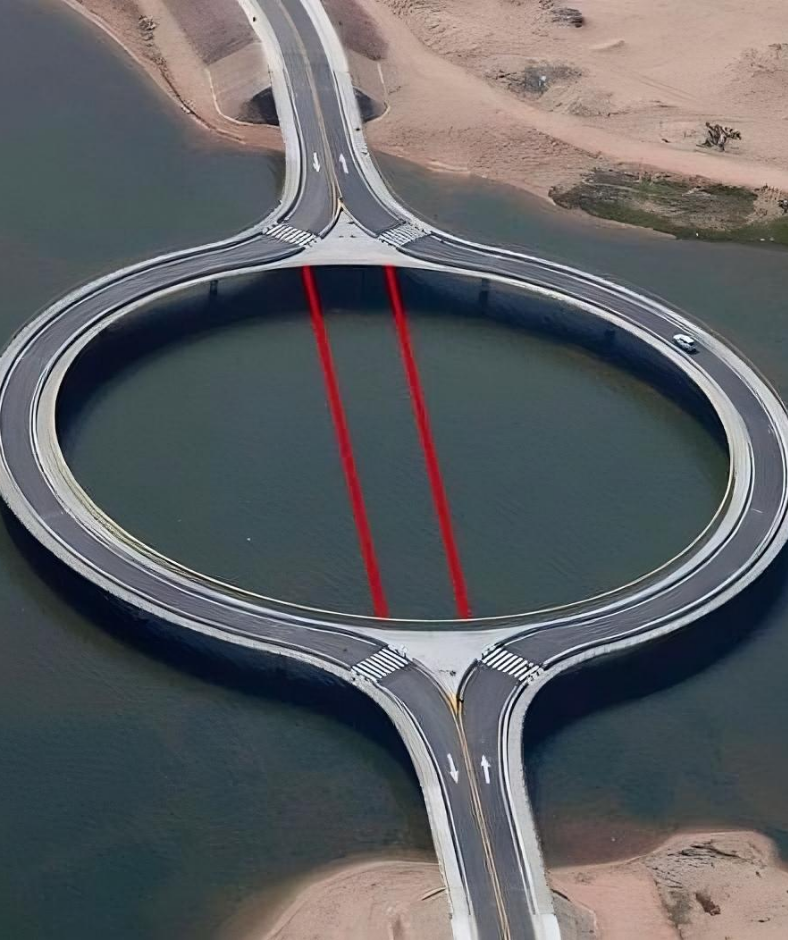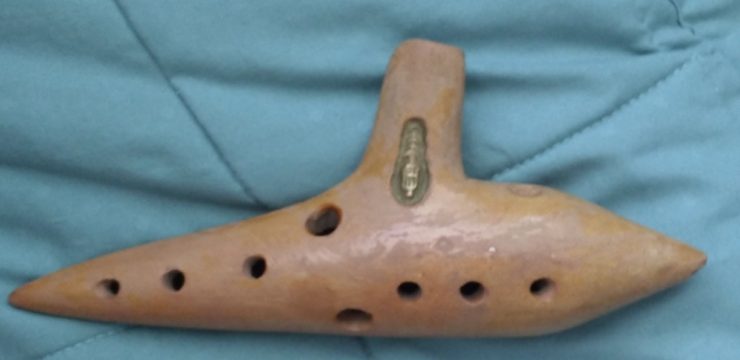When it comes to bridge construction, the standard approach is almost always rooted in functionality—straight, no-nonsense structures designed to connect two points as directly and efficiently as possible. But in Uruguay, that conventional mindset was challenged by a bold and innovative architect who envisioned something far more creative and meaningful. Instead of sticking to the basics, he introduced the world to the Laguna Garzon Bridge, a stunning circular structure that’s just as much about the journey as it is about the destination.

Completed in 2016 after several years of government discussions and planning, the bridge stretches across the tranquil waters of Laguna Garzon and has become both a practical solution and a modern landmark. With a price tag of $11 million, the project quickly gained attention for its unusual design and purpose. What sets the Laguna Garzon Bridge apart is its shape—a perfect circle—and that design is far from random. The goal wasn’t just to stand out but to influence behavior. By forcing drivers to navigate a gentle loop rather than speeding straight across, the bridge naturally slows traffic, encouraging motorists to take in the beauty of the surrounding environment.
According to architect Rafael Viñoly, the intention was to turn an ordinary crossing into a reflective moment, allowing drivers to appreciate panoramic views and experience the landscape in a more thoughtful way. The bridge also includes a pedestrian walkway in the center, making it not only a transportation structure but also a public space for people to enjoy. Before this architectural feat was built, crossing between the counties of Rocha and Maldonado was a time-consuming and often frustrating task. Travelers had to rely on small rafts to ferry their vehicles across the lagoon, which limited accessibility and hindered development.
The introduction of the circular bridge eliminated that hassle and now supports an average of 1,000 cars per day, streamlining the commute and boosting local connectivity. But the impact of the Laguna Garzon Bridge extends beyond just transportation. It has opened up access to the once-remote Rocha coastline, allowing the region to benefit from increased tourism and economic growth. In fact, Uruguay welcomed 2.9 million visitors in 2015, and this iconic bridge continues to be a draw for curious travelers and architecture lovers alike. While circular bridges do exist in other parts of the world, they’re typically reserved for pedestrian use or light traffic. The challenge of building a circular bridge capable of supporting full vehicular traffic was significant, but Viñoly’s team met it head-on, designing a structure with a 51.5-meter radius and two full traffic lanes.
The result is a harmonious balance between design and function, an engineering solution that not only works well but also looks incredible. The bridge’s unique layout doesn’t just slow cars—it creates a central lagoon area that’s become a space for recreational activities like fishing and small boating. In this way, the bridge adds more than just convenience; it adds life to the surrounding environment. In a world where infrastructure is too often seen as purely utilitarian, the Laguna Garzon Bridge stands as a bold example of what’s possible when creativity, community, and nature come together. It challenges the notion that bridges must be linear and boring and proves that functional infrastructure can also be visually stunning and environmentally conscious. By blending innovation with practicality, and by respecting both human needs and natural beauty, the Laguna Garzon Bridge has become a symbol of Uruguay’s progressive approach to development. As the country continues to position itself as a leader in sustainable tourism and thoughtful architecture, this circular bridge will remain an inspiring testament to what can happen when designers think outside the box and aim not just to build, but to transform.





